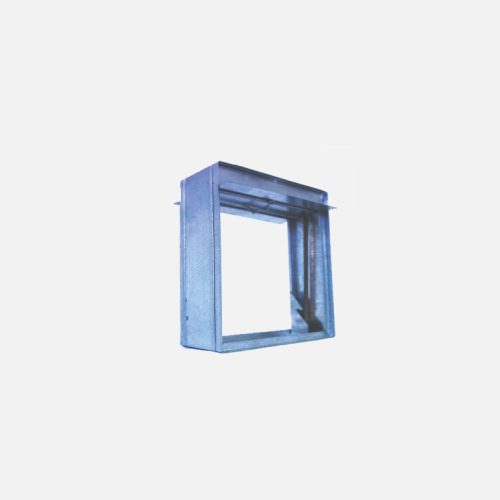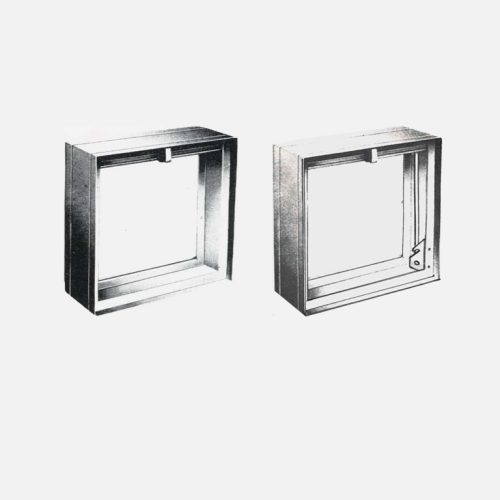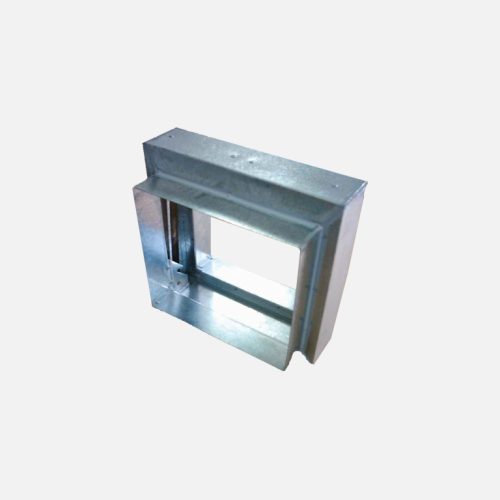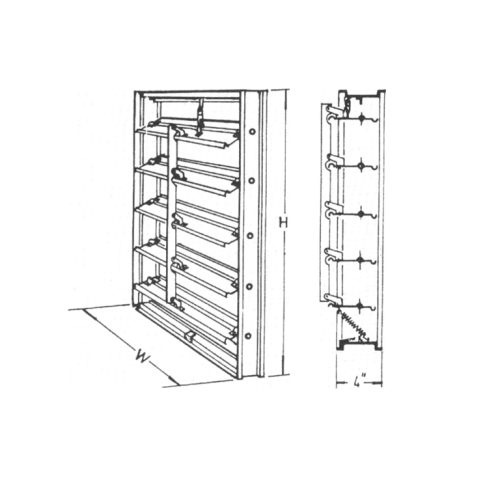Fire And Smoke Dampers
Dania Air Fire and smoke dampers are crucial components of a building’s fire protection and HVAC (heating, ventilation, and air conditioning) systems. They are designed to prevent the spread of fire, smoke, and toxic gases throughout a building in the event of a fire. Here are some key details about fire and smoke dampers:
Function:
Fire Dampers: These are designed to prevent the spread of fire through ducts, walls, floors, and ceilings by automatically closing when triggered by a fire alarm, heat detector, or smoke detector. They block the passage of flames and hot gases.
Smoke Dampers: While they serve a similar purpose as fire dampers, smoke dampers are specifically intended to block the spread of smoke throughout a building. They are often used in conjunction with fire dampers to contain both fire and smoke within specific areas.
Construction:
Materials: Dampers are typically made of steel or other fire-resistant materials capable of withstanding high temperatures.
Blades: Both fire and smoke dampers consist of blades or louvers that automatically close when triggered by heat, smoke, or fire. The closure is rapid and prevents the passage of air, flames, or smoke.
Installation:
Location: Fire and smoke dampers are strategically placed within the HVAC ductwork, usually at penetrations through fire-rated walls, floors, or partitions.
Requirements: Installation of these dampers must comply with local building codes and fire safety regulations. Regular inspection and maintenance are also essential to ensure proper functioning.
Operation:
Activation: Fire dampers are usually activated by a signal from the building’s fire alarm system or by a rise in temperature. Smoke dampers may be activated by smoke detectors or fire alarm systems.
Closure: Once activated, the dampers close to block the airflow and contain the fire or smoke, restricting their movement through the ductwork.
Testing and Maintenance:
Regular Inspections: Building codes often require periodic inspections and maintenance of fire and smoke dampers to ensure they operate effectively when needed.
Testing Procedures: This includes visual inspections, operational tests, and cleaning to remove any obstructions that may hinder proper closure.
Compliance:
- Regulations: Compliance with local, national, and international fire safety standards and codes (such as NFPA, IBC, etc.) is crucial for the installation and operation of fire and smoke dampers.
These dampers play a vital role in enhancing the safety of occupants and limiting property damage in the event of a fire by containing its spread and minimizing the movement of smoke and toxic gases within a building.





